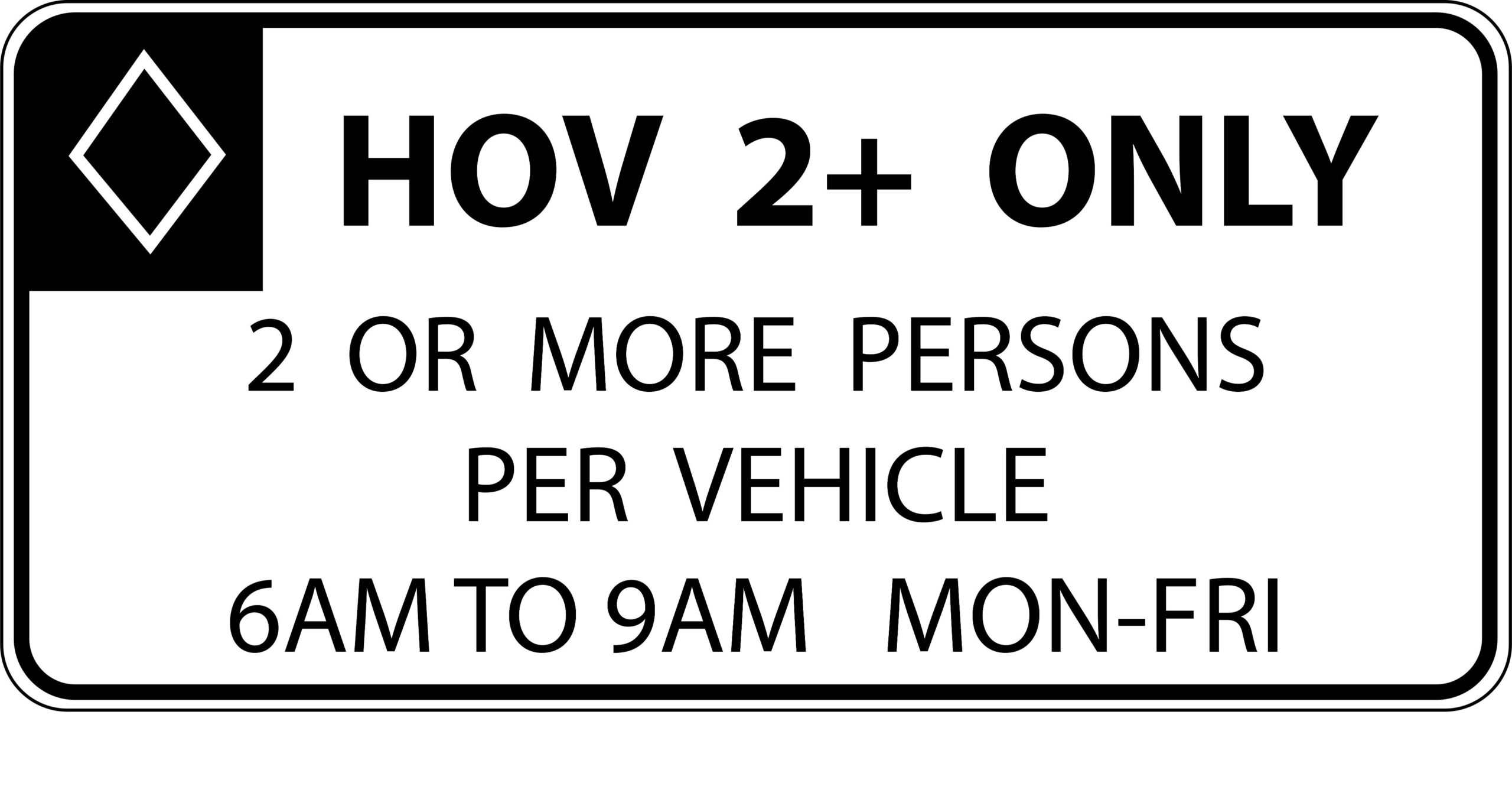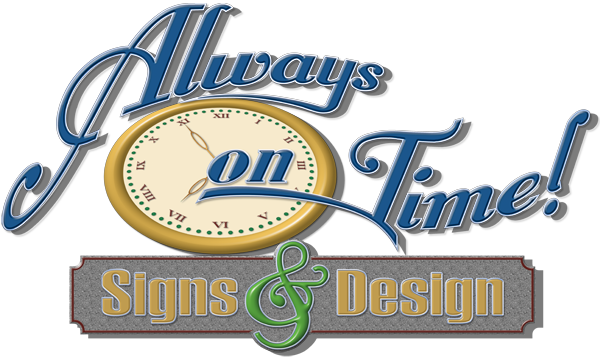
If you’ve ever asked yourself, “What does HOV stand for?” — you’re not alone. HOV stands for High-Occupancy Vehicle, and these specialized highway lanes have been transforming daily commutes across America for decades. Whether you’re a carpooler, a solo driver puzzled by diamond lane rules, or a municipal planner looking to optimize roadway efficiency, understanding how HOV lanes work is crucial.
HOV lanes aren’t just road markings—they’re a vital part of smart traffic management.
What Are HOV Lanes?
High-Occupancy Vehicle (HOV) lanes are traffic lanes reserved for vehicles with a minimum number of occupants, typically two or more. These lanes are also known as carpool lanes, commuter lanes, or diamond lanes—the latter due to the white diamond symbol often painted on the road.
Originally introduced in the 1970s as part of fuel conservation efforts, HOV lanes have since evolved into tools that help reduce congestion, lower greenhouse gas emissions, and promote ride-sharing.
Key Features of HOV Lanes:
- Located on highways, expressways, and occasionally arterial roads
- Marked by clear signage and pavement markings
- Operate during peak traffic hours (sometimes 24/7, depending on location)
- Often found adjacent to general-purpose lanes, separated by a solid or dashed line
Who Can Use HOV Lanes?
Eligibility depends on occupancy requirements, vehicle type, and local regulations. Here are the common qualifiers:
1. Carpoolers
This is the classic and most common use. If a vehicle has the minimum required number of passengers (usually two or three, depending on the region), it qualifies for the HOV lane. Children count as passengers, and infants do too.
2. Motorcycles
Regardless of the number of riders, motorcycles are typically permitted in HOV lanes due to their low environmental impact and space efficiency.
3. Electric and Hybrid Vehicles
Some jurisdictions allow low-emission or alternative-fuel vehicles to use HOV lanes even with a single occupant. However, these vehicles usually need a special decal or permit.
4. Public Transit
Buses and vans that are part of public transportation systems are eligible for HOV lane use. Their inclusion promotes mass transit and maximizes roadway efficiency.
5. Emergency Vehicles
Ambulances, fire trucks, and police vehicles are generally allowed in HOV lanes when responding to emergencies.
HOV Lane Variations
Not all HOV lanes are created equal. Some are more flexible or complex than others:
High-Occupancy Toll (HOT) Lanes
HOT lanes combine HOV benefits with toll collection. Solo drivers can access these lanes by paying a dynamic toll, while carpools still use them for free or at a reduced rate.
Reversible Lanes
To accommodate rush-hour flow, some HOV lanes switch directions based on the time of day.
Time-Restricted HOV Lanes
Some operate only during specific hours—usually morning and evening commutes—allowing all drivers to use them at off-peak times.
How HOV Lanes Are Enforced
Maintaining the integrity of HOV lanes is essential. Without proper enforcement, their benefits diminish quickly. Here are the primary ways authorities ensure compliance:
1. Manual Enforcement
Law enforcement officers monitor HOV lanes from roadside points or patrol vehicles. If a violation is observed (e.g., a solo driver in an HOV-2 lane), the vehicle can be pulled over and cited.
2. Video Surveillance and Cameras
Many highways are now equipped with high-definition video monitoring systems and automatic license plate recognition (ALPR) tools. These systems can record violations and assist in ticketing.
3. Vehicle Occupancy Detection Technology
Emerging technologies use infrared, AI vision systems, and radar to detect how many occupants are in a vehicle. Though still under development in many areas, this method offers a future path to reliable, automated enforcement.
4. Electronic Toll Collection
In HOT lane systems, transponders or license plate readers are used to identify and charge drivers based on occupancy declarations or traffic patterns.
The Benefits of HOV Lanes
HOV lanes aren’t just for the benefit of carpoolers—they contribute to the overall efficiency and sustainability of transportation systems.
1. Reduced Congestion
By encouraging more people per vehicle, HOV lanes reduce the number of vehicles on the road during peak hours. This frees up general lanes and improves flow system-wide.
2. Faster Commutes
HOV lanes typically move faster than general-purpose lanes, offering a tangible reward for ridesharing or using eligible vehicles.
3. Environmental Impact
Fewer vehicles mean reduced emissions. HOV policies align with sustainability goals and climate change mitigation strategies.
4. Promotes Smart Infrastructure
HOV lanes are often integrated with smart traffic management systems, real-time monitoring, and dynamic signage, pushing cities toward intelligent infrastructure solutions.
The Role of Smart Traffic Technology in HOV Systems
To function optimally, HOV systems rely on robust traffic control infrastructure and real-time data. This is where companies like Worksafe Traffic Control Industries come in.
Modern HOV enforcement and efficiency depend on technologies such as:
- Trailer-mounted video surveillance
- Queue detection systems
- Dynamic message signs (DMS)
- Speed radar signs
- Conflict warning systems
- Dynamic lane merge systems
These tools help direct drivers, monitor compliance, and adapt to changing traffic conditions—often in real time.
Smart Work Zones and HOV Integration
Work zones on or near HOV corridors present unique challenges. Redirecting high-occupancy vehicles safely requires precision.
Smart work zones, equipped with real-time message boards and traffic detection, ensure that both HOV and general traffic are safely and efficiently rerouted. They also allow for:
- Lane closure alerts
- Real-time speed adjustments
- Queue monitoring
- Alternative route messaging
This kind of setup ensures that roadwork doesn’t negate the benefits HOV lanes provide.
Common Challenges in HOV Systems
Despite their advantages, HOV lanes are not without controversy or operational hurdles.
1. Underutilization
In areas where carpooling culture is low, HOV lanes can appear underused compared to congested general lanes, frustrating solo drivers.
2. Enforcement Limitations
Manual enforcement can be inconsistent, while automated systems are still catching up technologically.
3. Equity Concerns
HOT lanes, where toll-paying solo drivers can “buy in,” raise concerns about economic fairness and accessibility.
4. Miscommunication
Without clear signage and real-time updates, drivers may be confused about eligibility or lane status, leading to unintentional violations or missed opportunities to reduce commute times.
HOV in the Context of New England
In New England, where city density, interstate travel, and seasonal weather changes create complex commuting patterns, HOV infrastructure must be flexible, technologically advanced, and well-supported.
That’s why cities and municipalities turn to trusted partners like Worksafe Traffic Control Industries.
Why Partner with Worksafe Traffic Control Industries?
Worksafe Traffic Control Industries has been at the forefront of traffic safety and smart mobility solutions for over 25 years throughout New England. We understand what makes traffic systems work—and what happens when they don’t.
Whether you’re managing a highway HOV corridor, an urban carpool program, or a smart work zone near a commuter lane, Worksafe Traffic Control Industries offers turnkey traffic safety and technology solutions tailored to your needs.
Our Offerings Include:
- Sales and rentals of:
- Message signs
- Arrow boards
- Radar speed signs
- Traffic signals
- Trailer-mounted cameras
- Queue detection tools
- Conflict warning and RWIS systems
- Short-term and long-term deployments
- 24/7 maintenance and support
- Equipment repair services
- Expertise in smart work zone design, setup, and management
From design to implementation and ongoing support, we bring every aspect of your HOV lane or smart traffic solution together under one trusted partner.
Smarter Roads Begin with Smarter Tools
HOV lanes are more than just a perk for carpoolers—they’re a strategic traffic solution backed by data, technology, and policy. When deployed properly and maintained with the right infrastructure, they can dramatically improve commute times, lower emissions, and support safer, more sustainable roadways.
In a world where real-time traffic intelligence and smart mobility are becoming necessities, working with an experienced and innovative traffic safety provider is essential.
Ready to Enhance Your HOV or Smart Traffic System?
Whether you need real-time information, queue warning systems, dynamic signage, or smart work zone design, Worksafe Traffic Control Industries is ready to help you build better, safer roads.
Contact us today to explore how our full suite of traffic control devices, smart technology rentals, and engineering expertise can take your project from concept to completion—safely, reliably, and efficiently.

